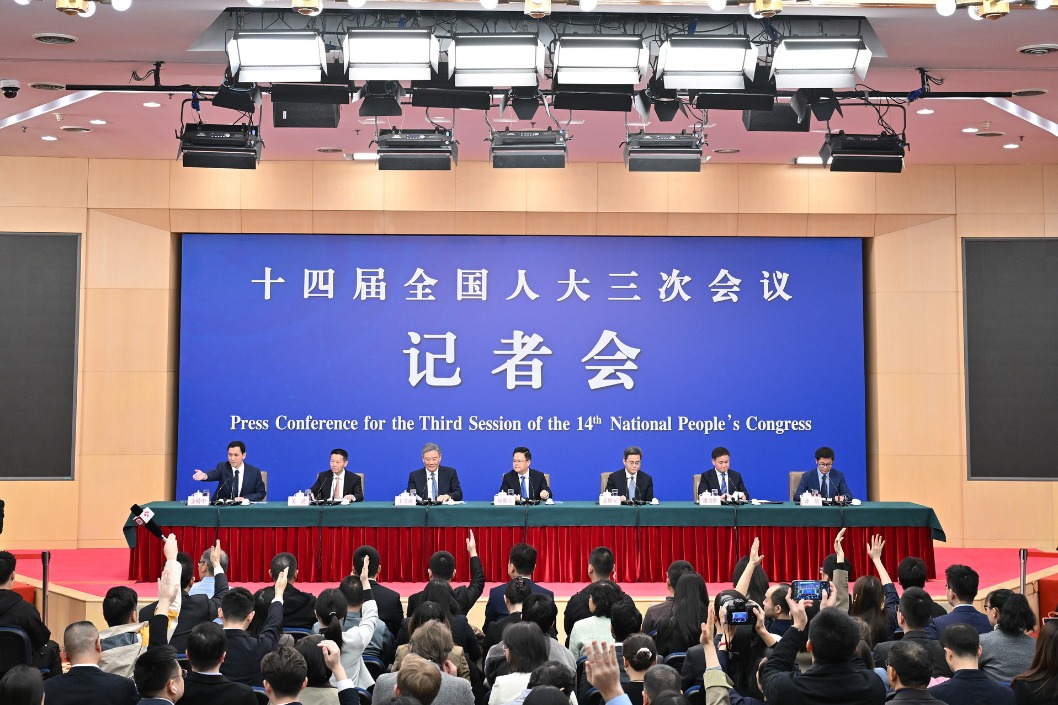Key facilities enable scientific advancement
75 years of development sees country rise from tech laggard to leader


Over the past 75 years, China's development of key scientific facilities has advanced in leaps and bounds, most notably in the past several decades as the Chinese economy and technological capacity have accelerated at great speed.
A key component of these facilities has been technologies that have enabled Chinese scientists to look deeper and deeper into the unknown.
Light allows us to see objects, while X-rays help us see the essence of things. X-rays with higher brightness can allow us to "see" the microstructures inside materials more clearly. Therefore, obtaining X-ray light sources with higher brightness is a goal tirelessly pursued by scientists.
"The synchrotron radiation light source that produces high-brightness X-rays is like a super microscope that helps researchers see what is happening inside materials at the molecular and atomic levels," said Tai Renzhong, vice-president of the Shanghai Advanced Research Institute of the Chinese Academy of Sciences.
The brightness of X-rays from synchrotron radiation can be billions of times higher than ordinary X-rays. By using such light for experiments, scientists have been able to better understand approximately 70 percent of the known biological macromolecular structures in the world such as proteins, DNA and viruses.
"As we advance certain industries, including super fibers, advanced engineering materials, energy catalysis, new energy batteries and other key technologies, understanding what is happening internally is crucial for solving bottlenecks," said Tai, who is also deputy manager of the Shanghai Synchrotron Radiation Facility, explaining why these large synchrotron facilities are widely recognized worldwide.
As the first third-generation synchrotron radiation light source on the Chinese mainland, the Shanghai Synchrotron Radiation Facility has the highest number of users and output of any large scientific facility in China. In its 15 years of operation, it has been used by more than 60,000 researchers from nearly 700 research institutions and companies, supporting over 20,000 projects.























